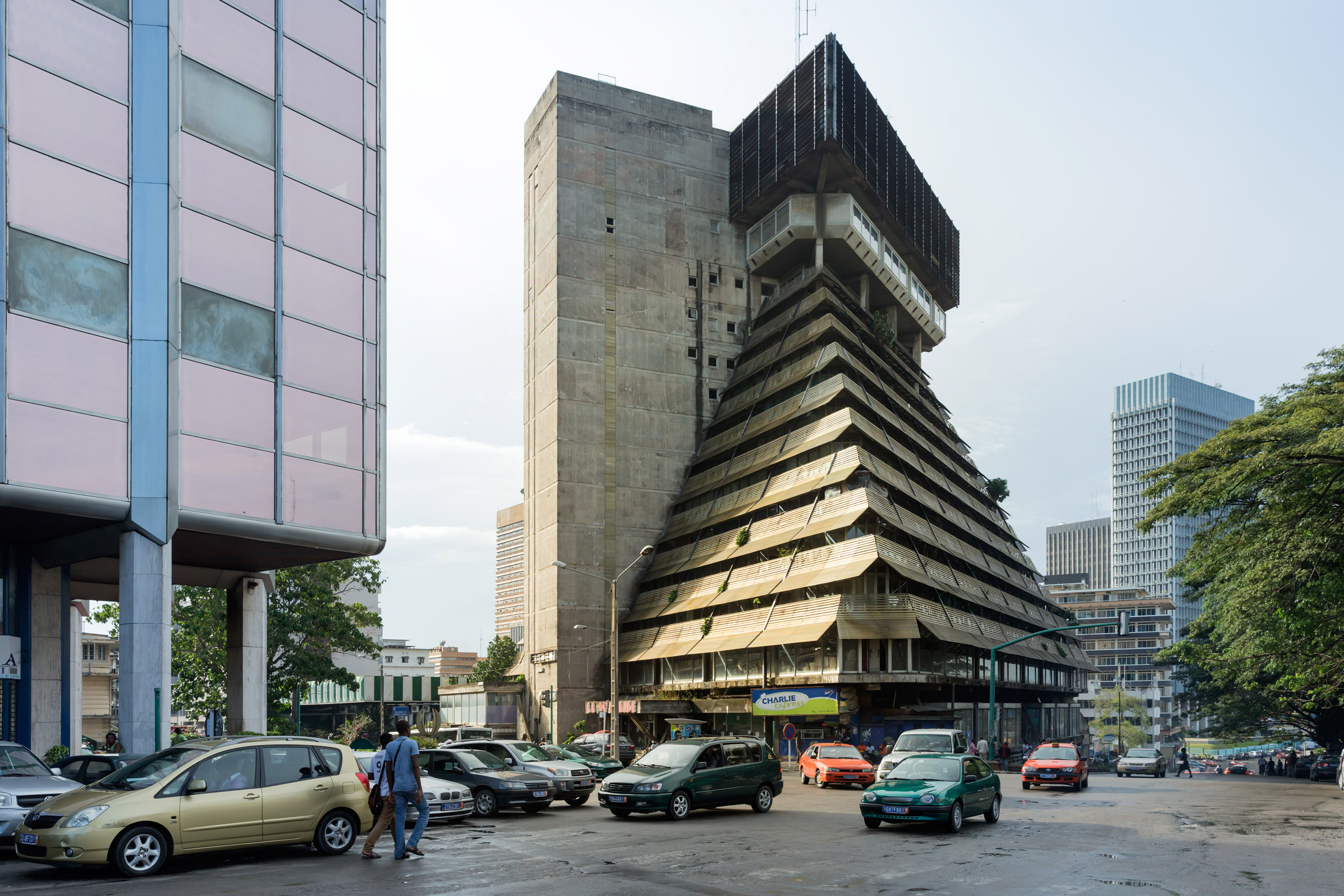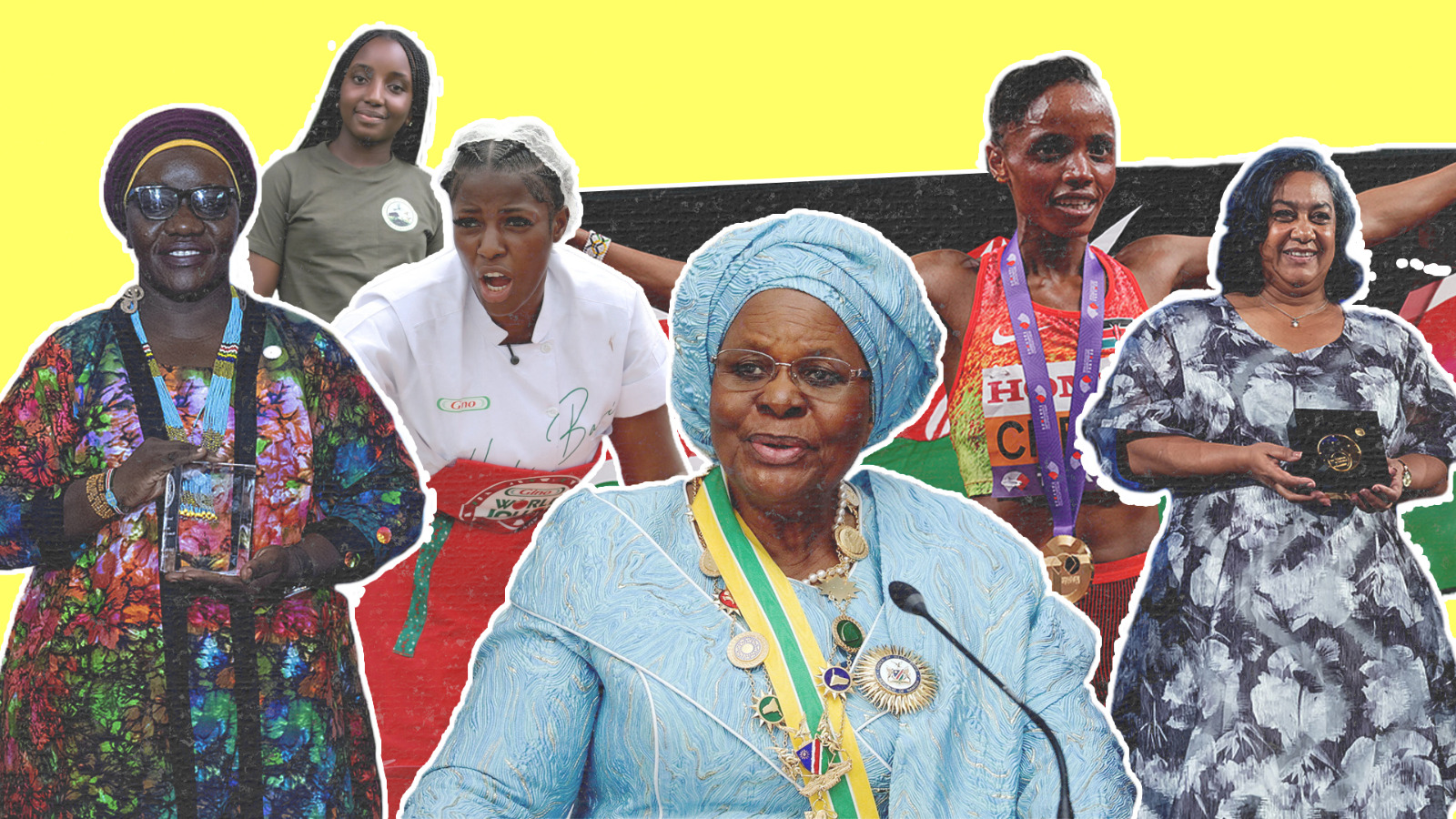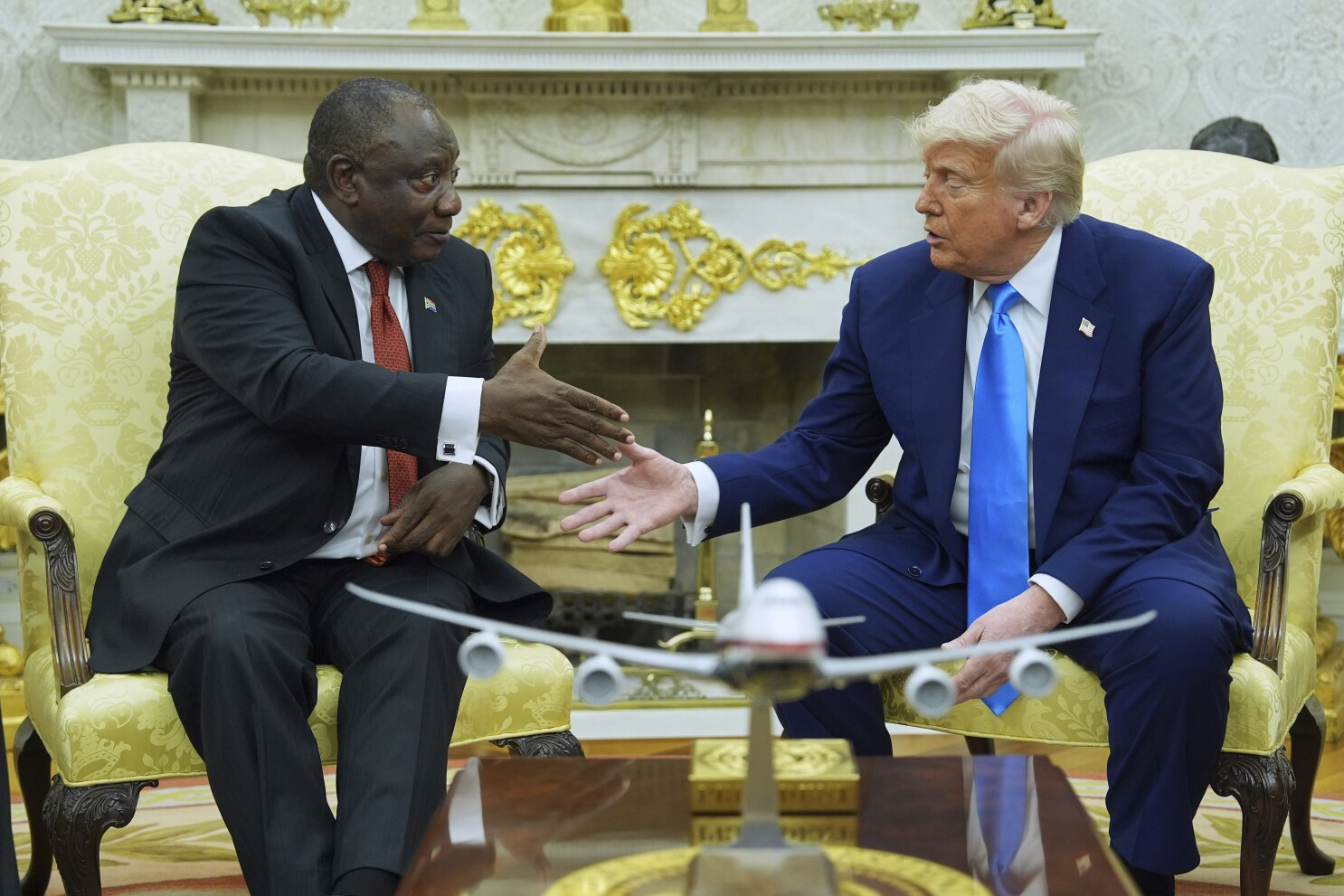
Africa’s architecture a symbol of independence

Africa’s unique architecture is more than just aesthetically pleasing and distinct, hidden behind the facade of these buildings lies a proud truth.
An exhibition currently held at New York’s Centre for Architecture reveals how several sub-Saharan African countries used modernist architecture to assert their identities, following a break from colonial rule in the 20th century.
The exhibition, Architecture of Independence – African Modernism, explores the history and legacy of modernist architecture in Ghana, Senegal, Côte d’Ivoire, Kenya and Zambia.

Put together by German architect Manuel Herz, the exhibition aims to convey how architecture was used as a tool for projecting national identity as countries became liberated in the mid-20th century.
Images of Africa can be deceiving, often portraying people of the continent as living in rural landscapes. In reality, the majority of Africans live in cities and it is believed that an additional 187 million will do so over the next decade.
With over 700 photographs capturing the essence of architecture in Ghana, Senegal, Cote d’Ivoire, Kenya and Zambia, Herz hopes that the exhibition will bring a fresh perspective to New Yorkers on the lives of Africans.

In the late 1950s and 1960s, around two thirds of African countries gained independence. The newly elected leaders wanted to assert their freedom and national identity by deploying modernist styles from local architects to create unique buildings.
“They were looking to bring the world to Africa,” Herz told CNN. “There was a very optimistic spirit at that time where the young nations wanted to participate in cultural, economical and social processes around the world, and hence invite the world to Abidjan, Nairobi, Accra, Lusaka or Dakar.”
The outcome saw buildings being shaped by local aesthetics, taking on a local style using different techniques – revealing different beauties particular to that community.

Nearly 80 buildings constructed in the 1960s and 1970s are featured in the show. Each a ruffled memento of a nations newfound empowerment, and offers a look into the socio-context of the time.
The exhibition runs until 27 May 2017.







